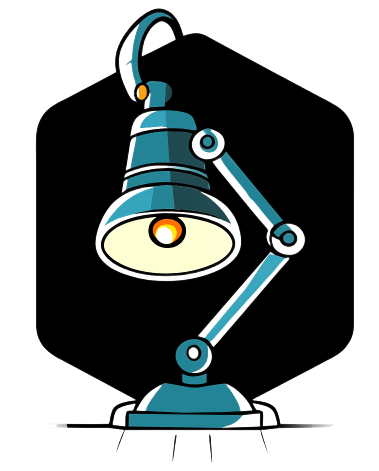The executable installer for Python 3.7 can be downloaded from the Python.org download page.
- Start the installation process.
- Select the "Add Python 3 to PATH" option.
- Choose "Install Now".
Installing Python on Windows 10
To install Python on Windows 10, visit the official Python website here and click on "Windows" in the "Downloads" menu. Finally, select the latest version of Python that is compatible with your operating system.
Opening Python on Windows 10
To open Python on Windows 10, follow these steps:
- Access the Start menu, located at the Windows icon in the bottom left corner.
- Type "Microsoft Store" in the search menu at the top right.
- After opening the store, search for "Python" in the search bar.
Choosing an installation for programming in Python
You can try installing various free editors such as Notepad++ for Windows, TextWrangler for Mac, or JEdit for all operating systems. After opening the Command Prompt on Windows or the Terminal on Mac/Linux, type "python".
Integrating Python with environment variables
First, go to the Control Panel, select System, then Advanced System Settings, and choose Environment Variables. Next, add C:Python3X, where X indicates the installed version, to include the PATH variable among the system variables.
Adding Python to the PATH
Click on the installation file and select the "Add Python 3.7 to PATH" option to add Python to the PATH. The Python version number will change when installing multiple versions. Python will be automatically added to the Windows PATH after selecting this checkbox.
Running Python from the terminal
We can use the IDE or the device’s terminal to run Python scripts. Before running Python scripts in the terminal, you need to install Python on the device. After installing Python and creating the necessary script, we can easily run it in the terminal using the "python" command.
Best IDE for Python
What is the best way to start Python from the command prompt? Add the file name and type the command "python". Use the command python [file name] to start a Python file, using the "file_name" parameter to indicate the name of the file in question.
Finding Python
To find the Python installation folder, use the where command. To find the Python installation folder in Windows, you can directly use the command "where python" in the command prompt.
